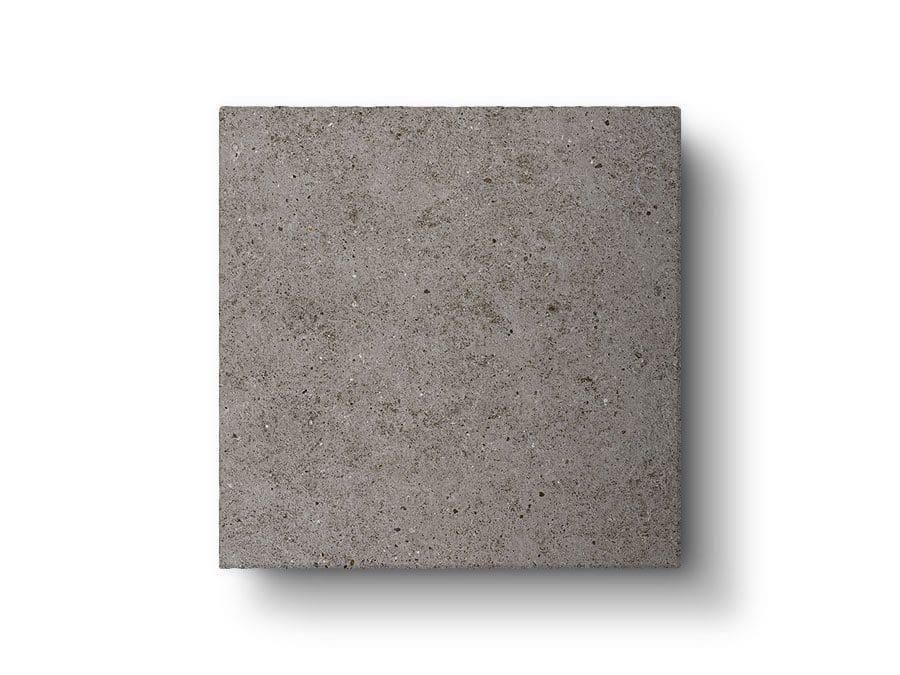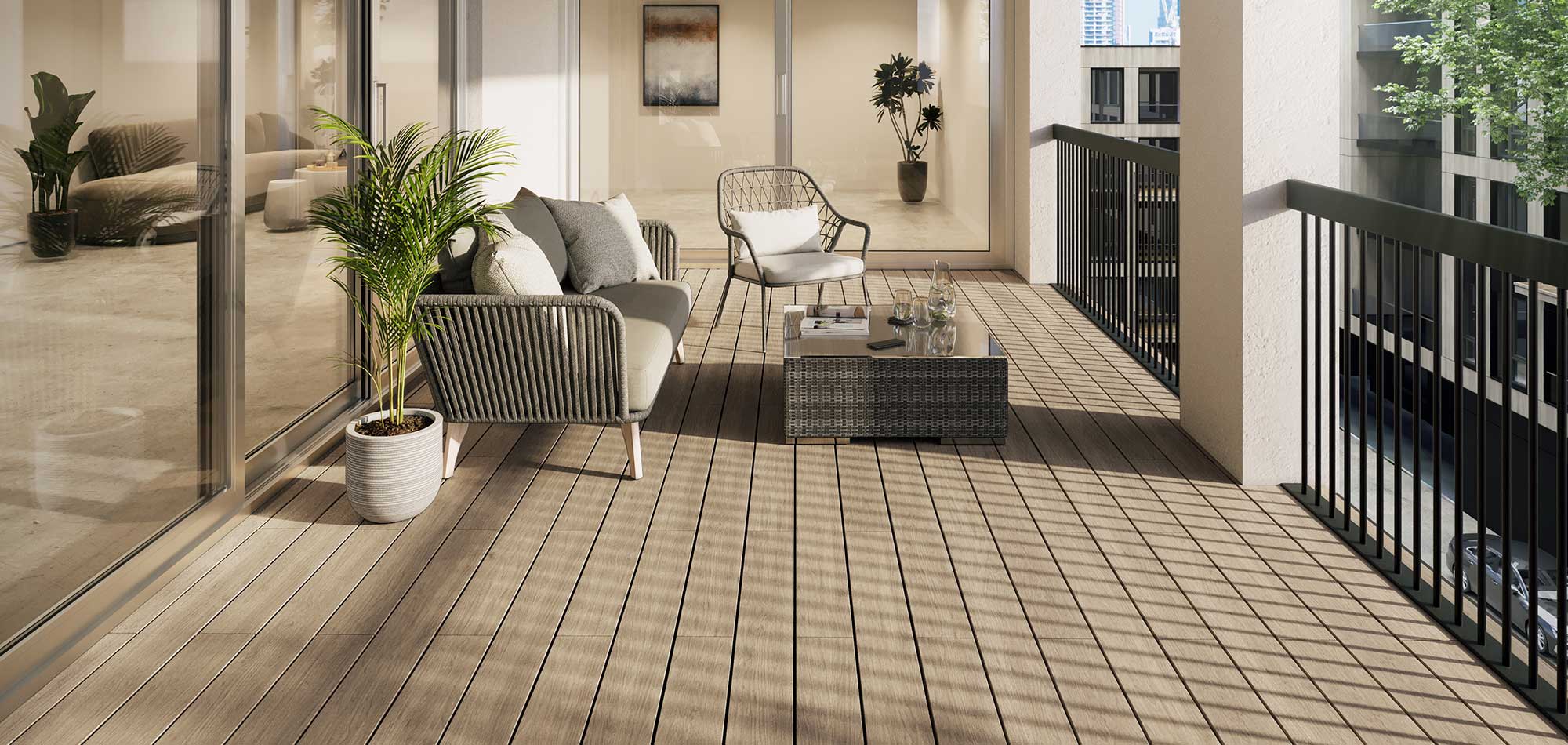Over the last decade, it has become increasingly clear that the construction industry will have to make significant changes to accommodate evolving environmental concerns, regulations and legislation. One such change will be the choice of materials.
In the past, two key factors drove material choice – cost and availability. Today, industry regulation means other considerations are impacting that decision. Most notably, safety and environmental impact. Both are driving considerable innovation and encouraging construction professionals to reassess existing materials. It is within this context that interest in porcelain as a construction material of the future is growing.
Style and energy-efficient performance in a single material
While porcelain is undoubtedly aesthetically pleasing, it offers more than a slick finish. It boasts fantastic durability and the longest expected lifespan of any building material. It also benefits from outstanding thermal performance.
Porcelain’s thermal inertia means heat is stored within the material and released slowly and uniformly, helping buildings avoid extreme spikes and drop-offs in temperature and moderating indoor microclimates. At the same time, this quality makes it an excellent choice for under-floor heating. Efficient heat storage and dispersal translate to energy savings in the long run, suggesting porcelain can play a critical role in energy-efficient construction systems.
The material’s excellent performance goes far beyond heat retention. It also excels when it comes to under-foot stability. Many porcelain products benefit from brilliant slip resistance, though it is worth checking a tile’s PTV, Booted Ramp Test and Barefoot Test scores before committing to a purchase.

More eco-friendly manufacturing processes
Porcelain typically requires less energy-intense extraction and manufacturing processes than other similar materials, making it an eco-friendly choice in this regard, too. It is made from clay, water and feldspar or quartz, all of which are widely accessible. This ensures manufacturers do not need to transport the required raw ingredients across vast distances. The fact that we can source these ingredients close to manufacturing plants and adapt the manufacturing process to minimise energy and water requirements means porcelain has a relatively low carbon footprint.
The material’s comparatively low environmental cost is further enhanced by the thermal energy recovery system utilised in modern manufacturing processes. This recovery system enables the re-use of up to 95% of the exhaust gases released by the energy cogeneration process, reducing the amount of natural gas required in manufacturing by approximately 40%.
Just as important is the material’s recyclability. Porcelain’s long potential lifespan means it will outlast most other building materials. But when it does reach the end of its life, it can be recycled easily and cost-effectively.
There are several certifications to keep an eye out for that help ensure you are utilising porcelain that is manufactured in the most eco-efficient way possible. The ISO 14021 Certification recognises compliance with the requirements of the Minimum Environmental Criteria. Similarly, the globally recognised LEED (Leadership in Energy and Environmental Design) V4 certification is used for materials that follow the guidelines established by the Green Building Council. Porcelain tiles that are accredited with the above certifications, as well as the EN 15804+A1 EPD (Environmental Product Declaration), represent the most environmentally friendly porcelain products on the market.
It’s not just about cost & availability anymore. Regulation on fire safety, non-combustibility, and environmental consciousness is impacting specifiers’ decisions nowadays, contributing to a trend that is driving innovation and the evolution of construction.
EPC Ratings and UK commercial real estate
The energy performance certificate (EPC) is the most widely used measurement of energy efficiency in construction and forms the basis of much of the UK government’s regulation and legislation, which hopes to enforce a minimum EPC rating of B by 2030.
Significant remediation will take place over the next seven years. Let us put this into context: approximately 70% of the City of London’s commercial property currently holds a sub-B EPC. Owners must future-proof their buildings using long-lasting materials with proven eco credentials to prevent another round of expensive remediation work should regulations shift again.

Specifiers should look out for certifications that ensure the porcelain they specify is manufactured in the most eco-efficient way possible. The ISO 14021 Certification recognises compliance with the requirements of the Minimum Environmental Criteria. LEED (Leadership in Energy and Environmental Design) V4 certification is used for materials that follow the guidelines established by the Green Building Council. Porcelain tiles accredited with the above certifications, as well as the EN 15804+A1 EPD (Environmental Product Declaration), represent the most environmentally friendly porcelain products on the market. EPDs and EPCs may serve different purposes, but they both contribute to the broader goal of promoting sustainability and energy efficiency. The information on the energy efficiency or environmental performance of a specific product should be taken into consideration during the specification stage as this may indirectly impact the overall energy performance of the building and its EPC rating. The RYNO Porcelain Range has all the certifications for complete peace of mind and the aesthetics of natural materials to inspire both architects & designers.
De-risking against stranded assets
When conducting remediation work, commercial property owners will look to de-risk their assets, guarantee their long-term value and prevent them from becoming stranded assets. To prevent a premature write-down in value or a once high-value asset from becoming a liability, property owners will aim to future-proof their buildings by utilising long-lasting materials with proven eco-credentials. It will prevent another round of expensive remediation work should energy efficiency targets shift again.
In this respect, porcelain is an excellent choice and will prove popular amongst construction professionals seeking to eliminate the possibility of prime real estate becoming a stranded asset.

Moving towards a circular economy
Finally, porcelain will also help facilitate the shift towards a circular economy. The concept involves breaking the current linear manufacture-use-dispose relationship and creating a circular process in which products are manufactured, used, recycled and reintegrated into fresh manufacturing processes. Essentially, it is a rejection of the throw-away culture. And many experts insist implementing a circular economy is an essential step in the move towards a more sustainable future.
Porcelain is a perfect example of a construction material that would work in a circular economy. Once at the end of its lifespan, it can be reclaimed, recycled and reconstituted in another manufacturing round.
The new RYNO Porcelain range
Recognising that porcelain will become an increasingly valuable construction material over the coming years, RYNO launched a new porcelain paving range. Fully accredited and manufactured in an eco-aware and sustainable manner, it is an excellent choice for both new-build and remediation projects.
It benefits from the EN 15804+A1 EPD, ISO 14021 and LEED V4 certifications and the manufacturing process incorporates an advanced thermal energy recovery system. It also achieves a PTV score marking it out as having excellent slip resistance and being suitable for use in wet rooms and similar environments. It achieved an R11 score in the Booted Ramp Test and A+B+C – the best possible score – in the Barefoot Test.
Why not experience the RYNO Porcelain Finishes range for yourself or make the right choice of Porcelain Paving for your construction project today?





